Welcome to CONEXPO-CON/AGG 2023
Apps, data, analytics, carbon neutral, electric, hydrogen, autonomous, efficient, connected … CONEXPO-CON/AGG 2023 puts it all in the palm of your hand.
Building a replacement bridge in record time
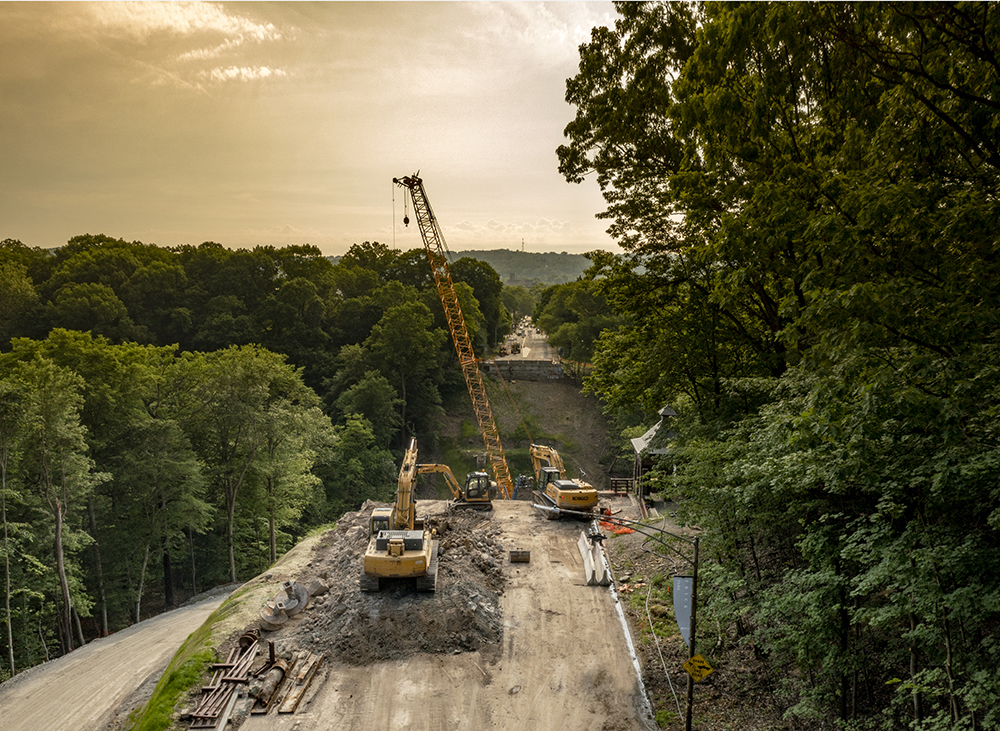
Road repairs and cost increases in Australia

Major new tunnel expansion project for Virginia

Six Brazilian road tenders planned

Cummins fuel-agnostic engine platform delivers low-to-zero carbon fuel capability
Las Vegas NV, USA – Cummins Inc. (NYSE: CMI) showcased its new fuel-agnostic 15-liter engine platform with hydrogen, natural gas and advanced diesel engines offering low-to-zero carbon fuel capability. The next generation engine is designed to accelerate the decarbonization of heavy-duty off-highway applications.
“Cummins’ all-new platform takes internal combustion to a new level, capable of meeting future ultra-low emission standards, such as EPA Tier 5 and EU Stage 6, together with a low-to-zero carbon fuel capability to help put construction and quarrying sites on a lower cost path to decarbonisation,” said Antonio Leitao, VP Global Off-highway Engine Business.
The new engine is a clean sheet design that points to the future of diesel: more capability with less environmental impact. Its high power density sets the standards for heavy-duty performance in key off-road applications including excavators, wheel loaders, drilling rigs, road planning, milling machines, haul trucks and air compressors. Innovatively designed hardware provides lower weight with maximum engine durability, even when working on the most challenging jobs
The fuel-agnostic architecture of the 15-litre platform utilizes a common base engine with cylinder heads and fuel systems specifically tailored for it to use carbon-free hydrogen or biogas with up to a 90 percent carbon reduction. Cummins’ 15-liter hydrogen has ratings up to 530 hp (395 kW) and natural gas up to 510 hp (380 kW). The advanced diesel version can use either sustainable HVO fuel or biodiesel with ratings up to 650 hp (485 kW) for the most demanding off-highway duty-cycles.
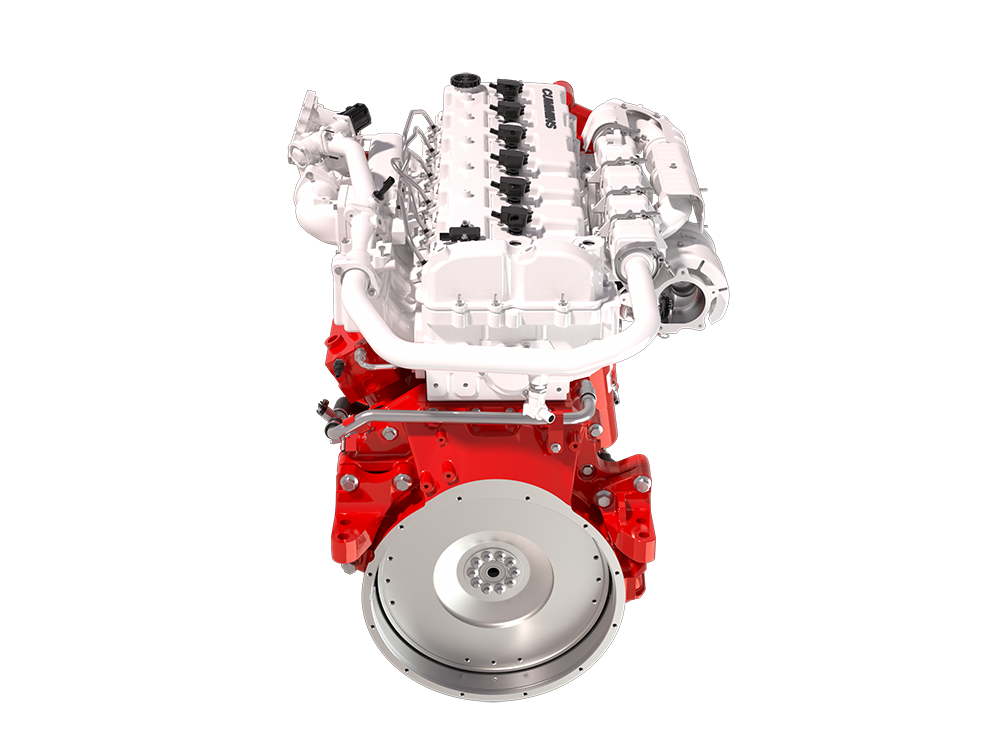
“The 15-liter has a significant increase in power density with a more compact installation envelope providing equipment manufacturers with the capability to do more with their machines,” added Leitao.
A key design feature of the new platform is a Double-Overhead-Camshaft (DOHC) realizing significant advances in combustion and thermal efficiency. Friction losses across the engine design have also been reduced and a sculpted block contributes to weight saving. The DOHC design also enables a more efficient integral engine brake to be accommodated.
Next Generation 15-Liter Engine
The 15-liter hydrogen engine with direct-injection, lean-burn combustion will be available with ratings from 400-to-530 hp (298-395 kW) and a peak torque of 2600 Nm. Running on zero-carbon green hydrogen, it can use a 700-bar pressure high-capacity fuel storage system for maximum operating hours between refueling.
The 15-liter advanced diesel features Cummins latest XPI ultra-high pressure fuel injection system and will offer a broad power range of 450-to-675 hp (335-503 kW) with an impressive 3000 Nm peak torque. Using B100 biodiesel enables up to a 70 percent reduction in carbon and using HVO renewable fuel achieves up to a 90 percent reduction.
For applications powered by renewable biogas, the 15-liter natural gas will offer ratings extending from 400-to-510 hp (298-380 kW) with a peak torque of 2500 Nm available. Very low noise is a further benefit of this engine, particularly for when operating in urban areas.
“Moving forward, our aim is to offer the same agnostic capability across the next-generation of our current 6.7 liter and 9 liter engine platforms,”concluded Leitao.
Click here to find out more on Cummins at CONEXPO-CON/AGG
Content produced in association with Cummins
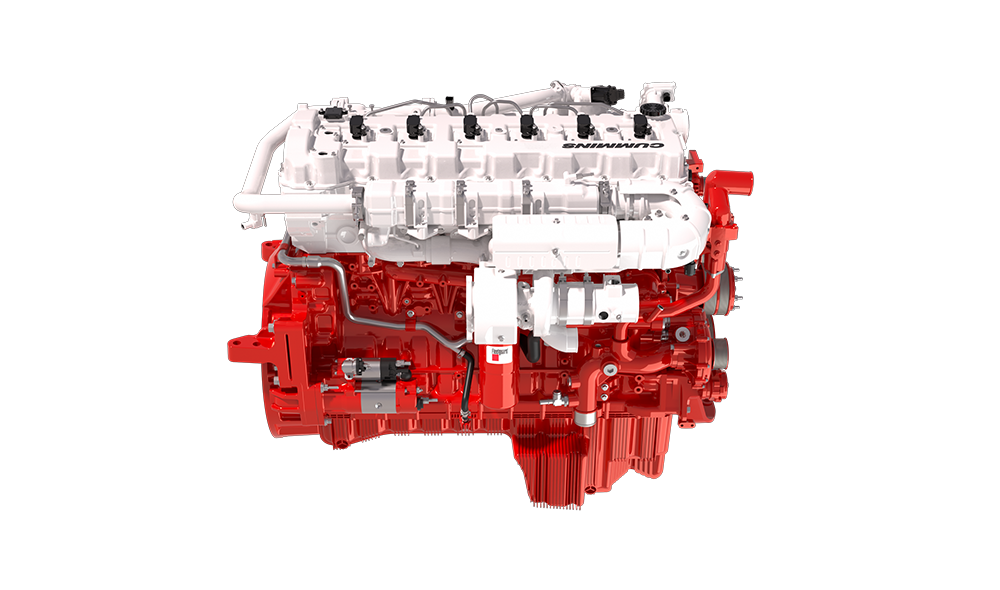

Go autonomous if you want to reduce your carbon footprint and improve operator safety
Autonomous machines may not feel like an obvious driver of sustainability, but as our roundtable of experts from Cummins, Trimble, and Volvo explains, non-operated technology is helping leading contractors around the world reduce their carbon footprints and improve their on-site safety records. It’s a win-win situation … and then, of course, there’s the thorny question of powertrain suitability.
AFRY Helps Scania Drive Toward Sustainable Transport with New Autonomous Vehicle Test Track

Seven Italian road tenders opening

A new bridge is planned for Cambodia

Data will drive a future full of successful shared sustainability say Cummins, Volvo, and Trimble
Sharing data and working closely together with customers will push forward the construction industry’s rate of change in terms of carbon reduction, optimised equipment fleets, improved utilisation rates, and better-educated operators. Get your on-site monitoring right and new technology solutions are going to dramatically reduce emissions and a far healthier ecosystem say our roundtable experts.
FM Conway wins Brighton and Hove contract
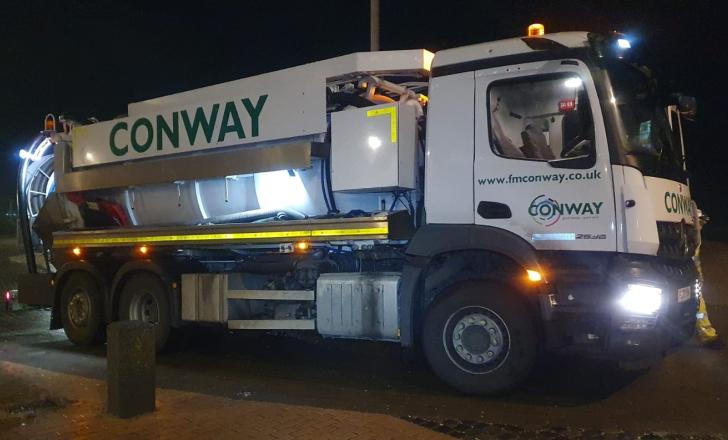
Progress for Trans-Sahara road route
Increase in US pedestrian deaths in 2022
Keep your options open to find the best powertrain solution say Volvo, Cummins, and Trimble
Our three roundtable experts all emphasise that sustainable powertrain solutions are very much a case of “horses for courses.” There is no clear winner yet. Different outcomes are going to be needed for different parts of the world, or for different applications. Diesel has “spoiled us” they say. In the future, choosing the best sustainable powertrain is going to be a far more complex decision.
Spray paving with Vӧgele and Dynapac
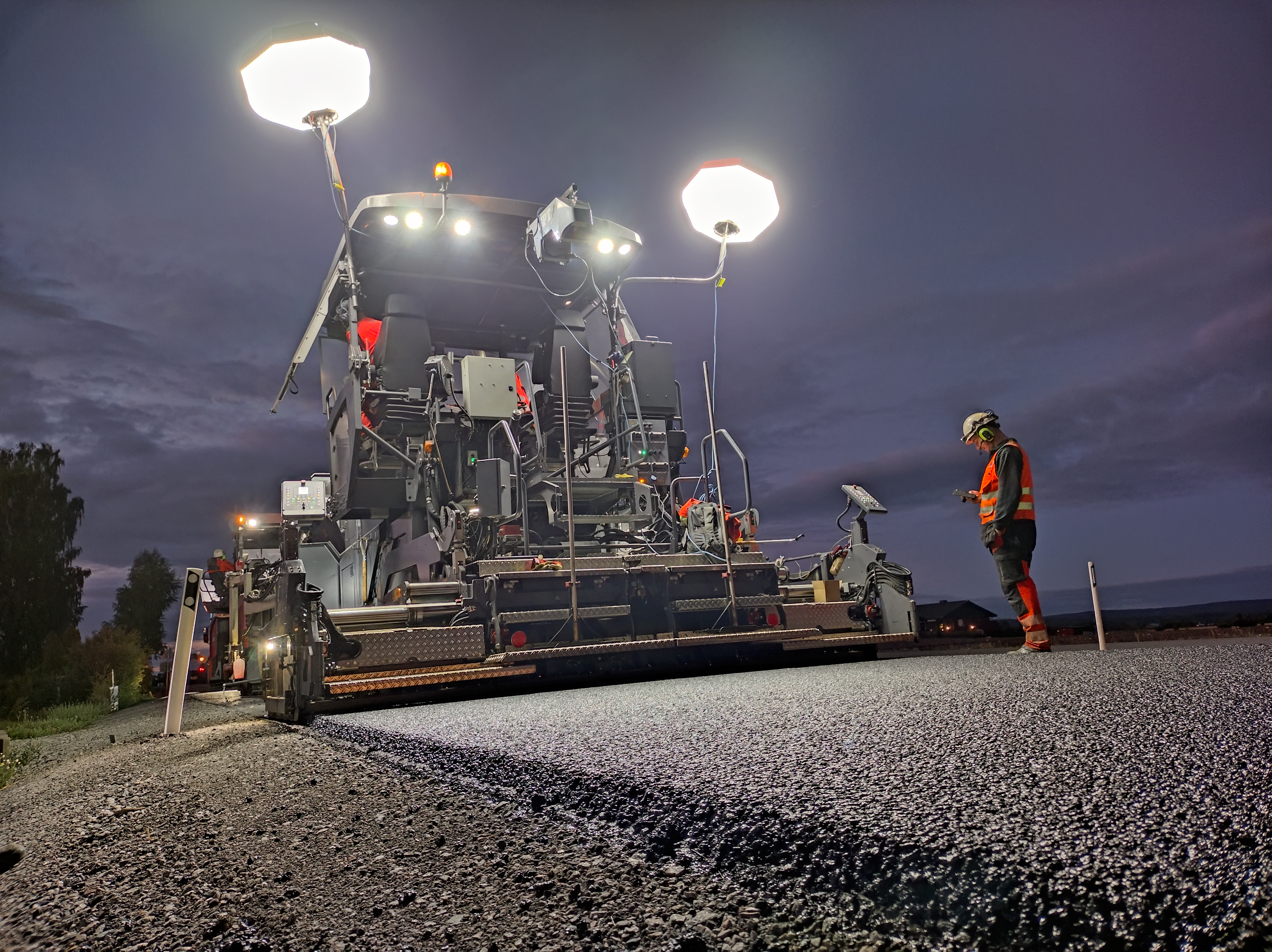
Malaysian expressway upgrade work planned

Don’t put all your eggs in one basket and stay flexible to win say Trimble, Volvo, and Cummins
Cummins sees a sustainable future that is “fuel agnostic,” because different circumstances will require different solutions to achieve the best outcomes. Trimble agrees, warning the construction sector “not to put all of its eggs in one basket.” For Volvo, the future is electric. The company is committed to making 35% of its fleet electric by 2030. Innovation, collaboration, and efficiency are where it’s at.



